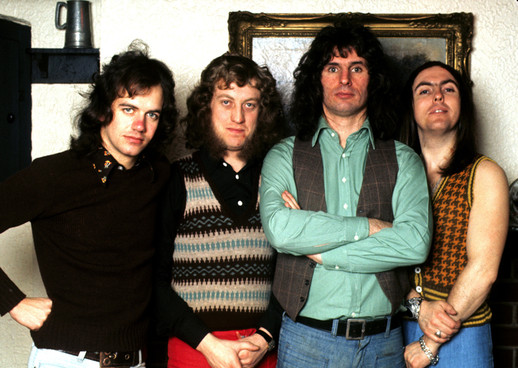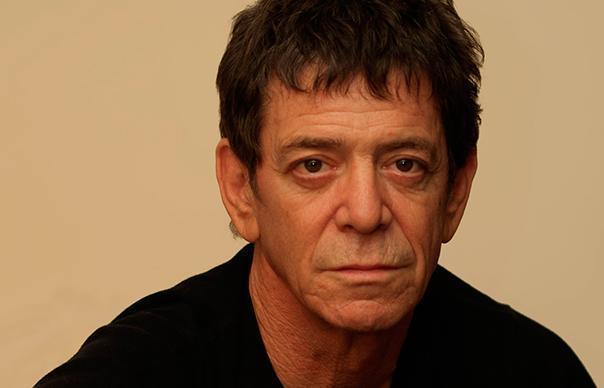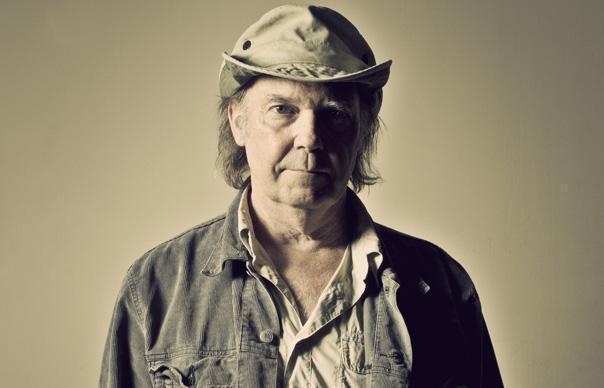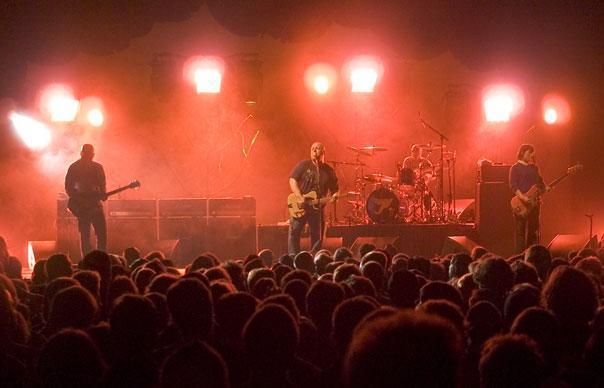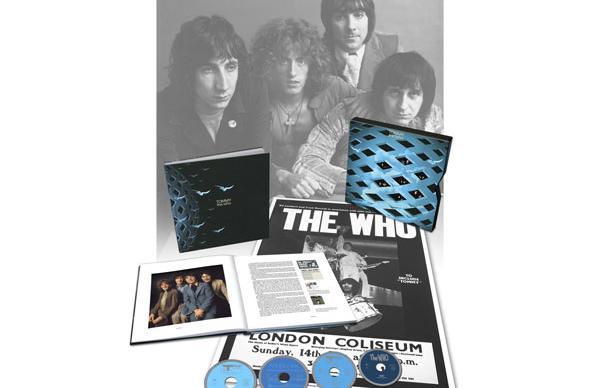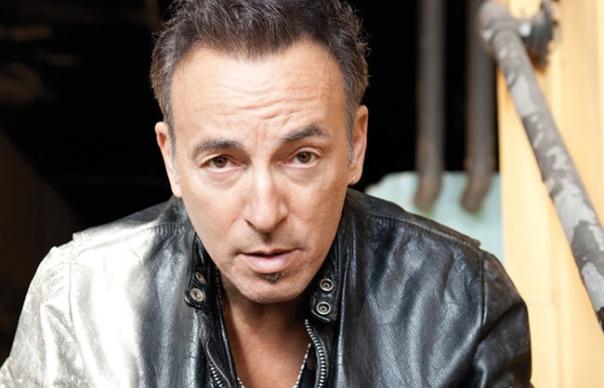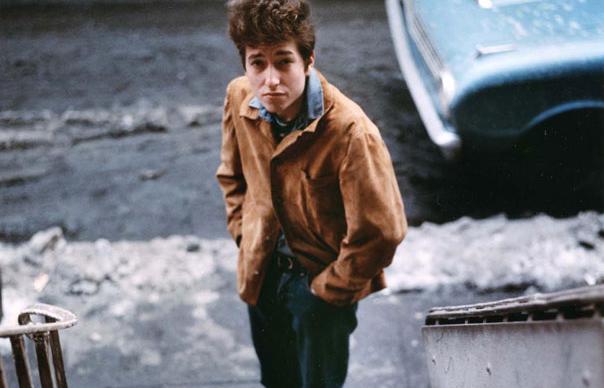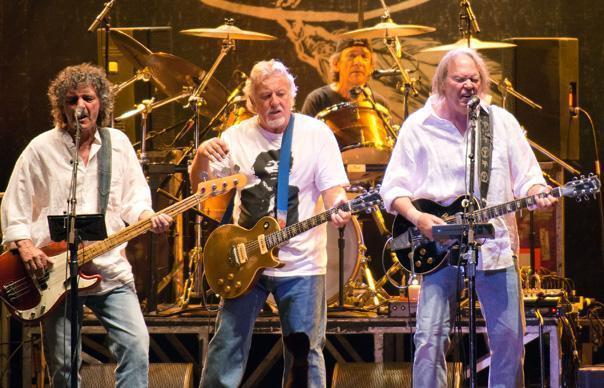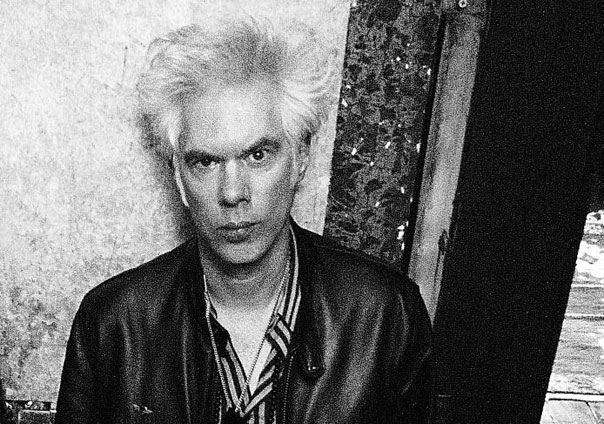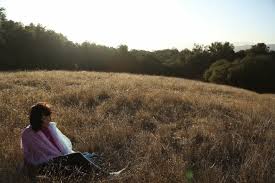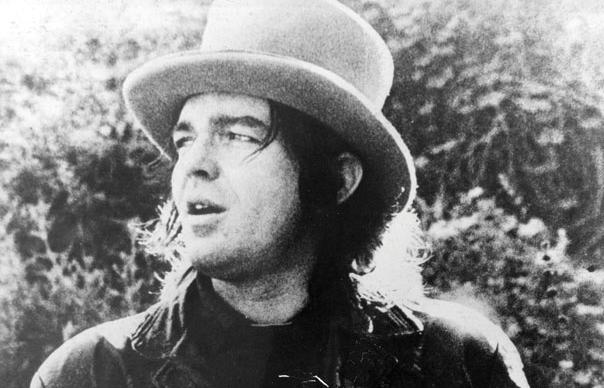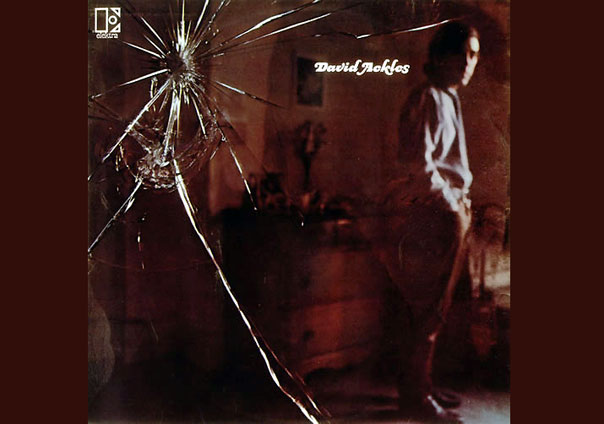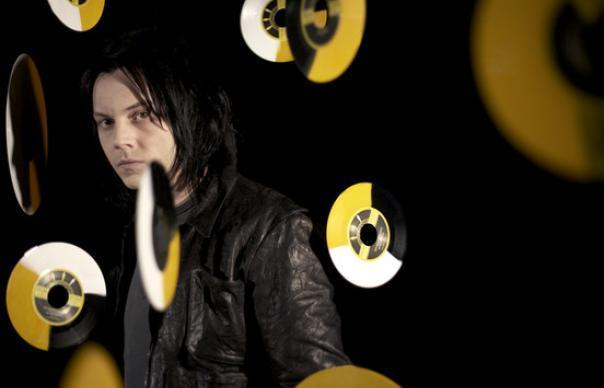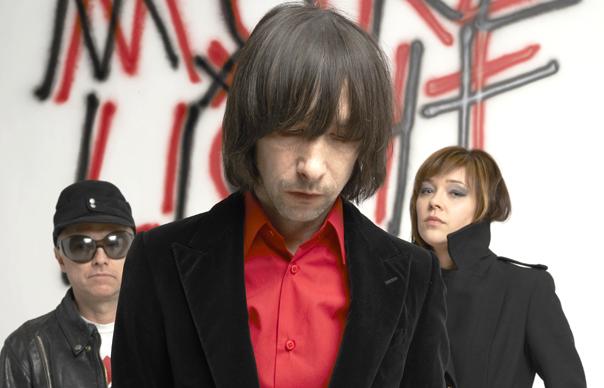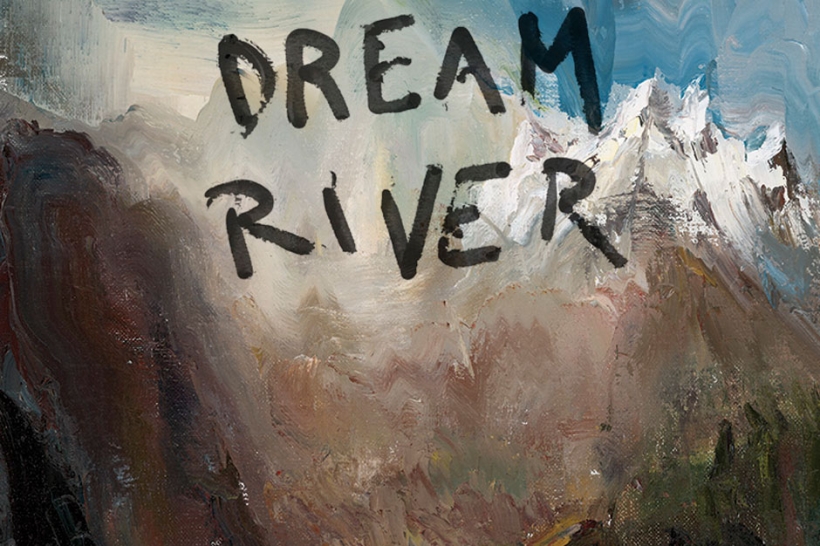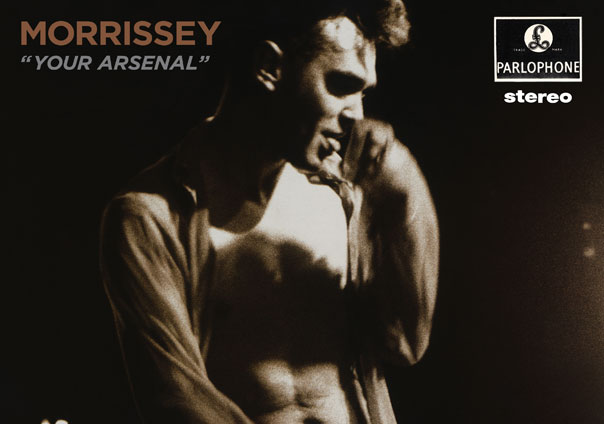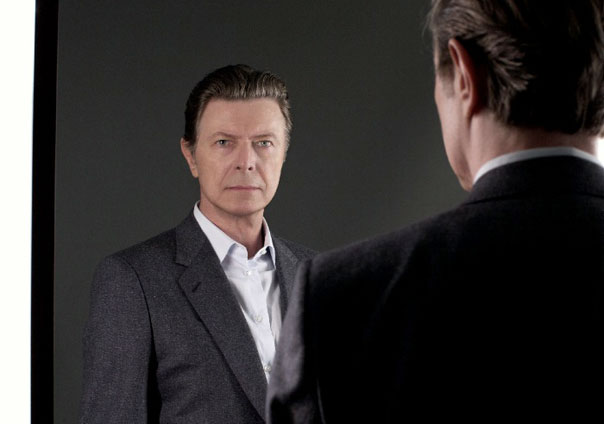The current issue of Uncut comes with a rather spiffing free 52-page magazine that hosts our essential guide to the best new albums, reissues, box sets, films, DVDs and books of 2013. This year we’ve expanded our new album section to a Top 80, as voted for by the Uncut staff and nigh on 50 of our regular contributors. John has already posted a Wild Mercury Sound Best 143 Albums Of 2013, which you can see here . Below, I’ve listed the 20 albums I voted for in our end of year poll, plus 10 that didn’t quite make the final cut. Inadvertently, my number one choice might be considered controversial in the light of allegations made against Roy Harper since my list was compiled. I’m not quite sure how my vote would have been affected if the charges against Roy had been made public earlier, but I haven’t changed it retrospectively for the simple reason that I wanted to be faithful to my original choice and Man & Myth was the new album I played most in 2013. Anyway, I’d be interested as ever in your comments on the list below. As usual, please let me know at the usual address what you made of our Top 80 and my Top 30 and maybe even let me know what your own favourite albums of the year were. You can reach me on allan_jones@ipcmedia.com. It’s always good to hear from you. 30 Thee Oh Sees – Floating Coffin 29 Nick Cave And The Bad Seeds – Push the Sky Away 28 Promised Land Sound – Promised Land Sound 27 Guy Clark – My Favourite Picture Of You 26 Julia Holter – Loud City Song 25 Cian Nugent & The Cosmos - Born With The Caul 24 Diana Jones – Museum Of Appalachia Recordings 23 The Shouting Matches – Grownass Man 22 Richard Thompson - Electric 21 Endless Boogie – Long Island 20 Bill Callahan – Dream River 19 The Strypes – Snapshot 18 Lord Huron – Lonesome Dreams 17 Mark Kozelek & Desertshore – Mark Kozelek & Desertshore 16 Caitlin Rose – The Stand-Ins 15 Vampire Weekend – Modern Vampires Of The City 14 Neko Case – The Worse Things Get, The Harder I Fight, The Harder I Fight The More I Love You 13 Hiss Golden Messenger – Haw 12 Houndstooth – Ride Out The Dark 11 Jonathan Wilson – Fanfare 10 My Bloody Valentine - mbv 9 Matthew E White – Big Inner 8 Okkervil River – The Silver Gymnasium 7 Israel Nash Gripka – Israel Nash Gripka’s Rain Plans 6 Kurt Vile – Wakin on A Pretty Daze 5 Jason Isbell – Southeastern 4 Pond – Hobo Rocket 3 Laura Marling – Once I Was An Eagle 2 Phosphoresecent – Muchacho 1 Roy Harper – Man & Myth
The current issue of Uncut comes with a rather spiffing free 52-page magazine that hosts our essential guide to the best new albums, reissues, box sets, films, DVDs and books of 2013. This year we’ve expanded our new album section to a Top 80, as voted for by the Uncut staff and nigh on 50 of our regular contributors.
John has already posted a Wild Mercury Sound Best 143 Albums Of 2013, which you can see here . Below, I’ve listed the 20 albums I voted for in our end of year poll, plus 10 that didn’t quite make the final cut. Inadvertently, my number one choice might be considered controversial in the light of allegations made against Roy Harper since my list was compiled. I’m not quite sure how my vote would have been affected if the charges against Roy had been made public earlier, but I haven’t changed it retrospectively for the simple reason that I wanted to be faithful to my original choice and Man & Myth was the new album I played most in 2013.
Anyway, I’d be interested as ever in your comments on the list below. As usual, please let me know at the usual address what you made of our Top 80 and my Top 30 and maybe even let me know what your own favourite albums of the year were.
You can reach me on allan_jones@ipcmedia.com. It’s always good to hear from you.
30 Thee Oh Sees – Floating Coffin
29 Nick Cave And The Bad Seeds – Push the Sky Away
28 Promised Land Sound – Promised Land Sound
27 Guy Clark – My Favourite Picture Of You
26 Julia Holter – Loud City Song
25 Cian Nugent & The Cosmos – Born With The Caul
24 Diana Jones – Museum Of Appalachia Recordings
23 The Shouting Matches – Grownass Man
22 Richard Thompson – Electric
21 Endless Boogie – Long Island
20 Bill Callahan – Dream River
19 The Strypes – Snapshot
18 Lord Huron – Lonesome Dreams
17 Mark Kozelek & Desertshore – Mark Kozelek & Desertshore
16 Caitlin Rose – The Stand-Ins
15 Vampire Weekend – Modern Vampires Of The City
14 Neko Case – The Worse Things Get, The Harder I Fight, The Harder I Fight The More I Love You
13 Hiss Golden Messenger – Haw
12 Houndstooth – Ride Out The Dark
11 Jonathan Wilson – Fanfare
10 My Bloody Valentine – mbv
9 Matthew E White – Big Inner
8 Okkervil River – The Silver Gymnasium
7 Israel Nash Gripka – Israel Nash Gripka’s Rain Plans
6 Kurt Vile – Wakin on A Pretty Daze
5 Jason Isbell – Southeastern
4 Pond – Hobo Rocket
3 Laura Marling – Once I Was An Eagle
2 Phosphoresecent – Muchacho
1 Roy Harper – Man & Myth



